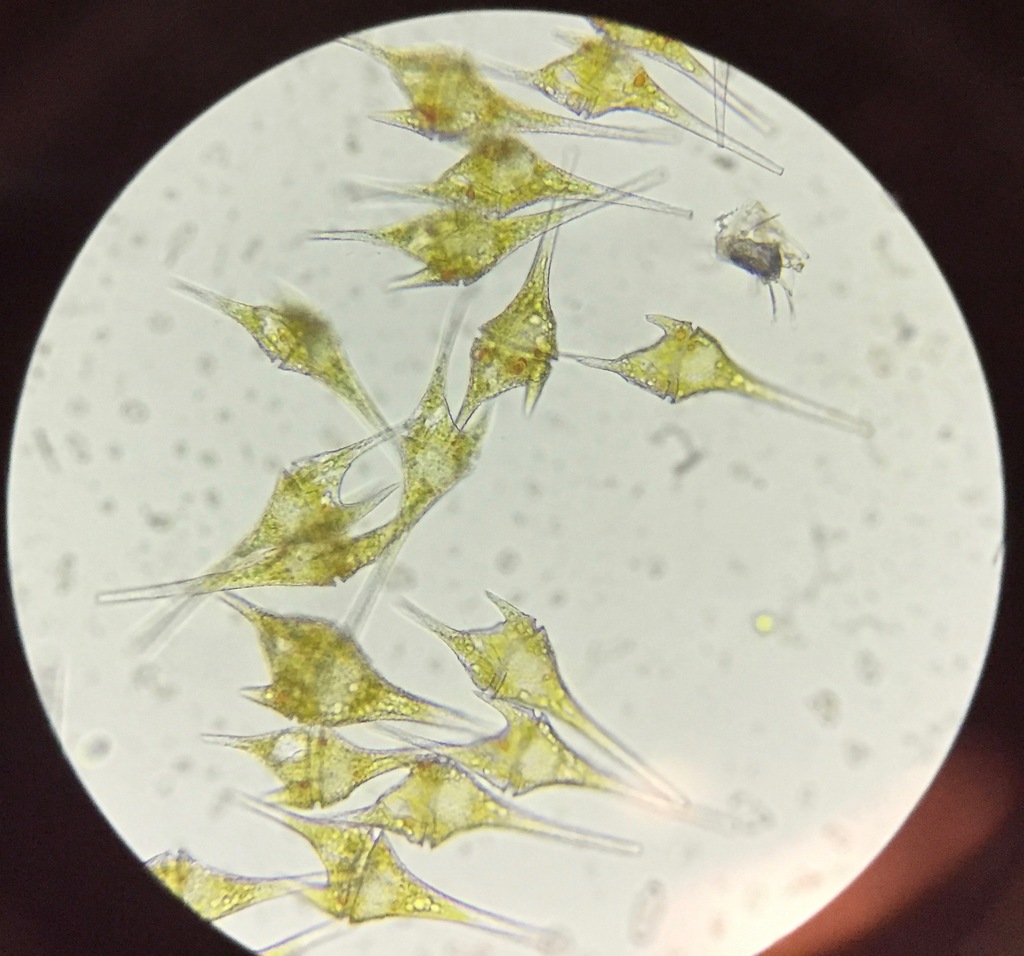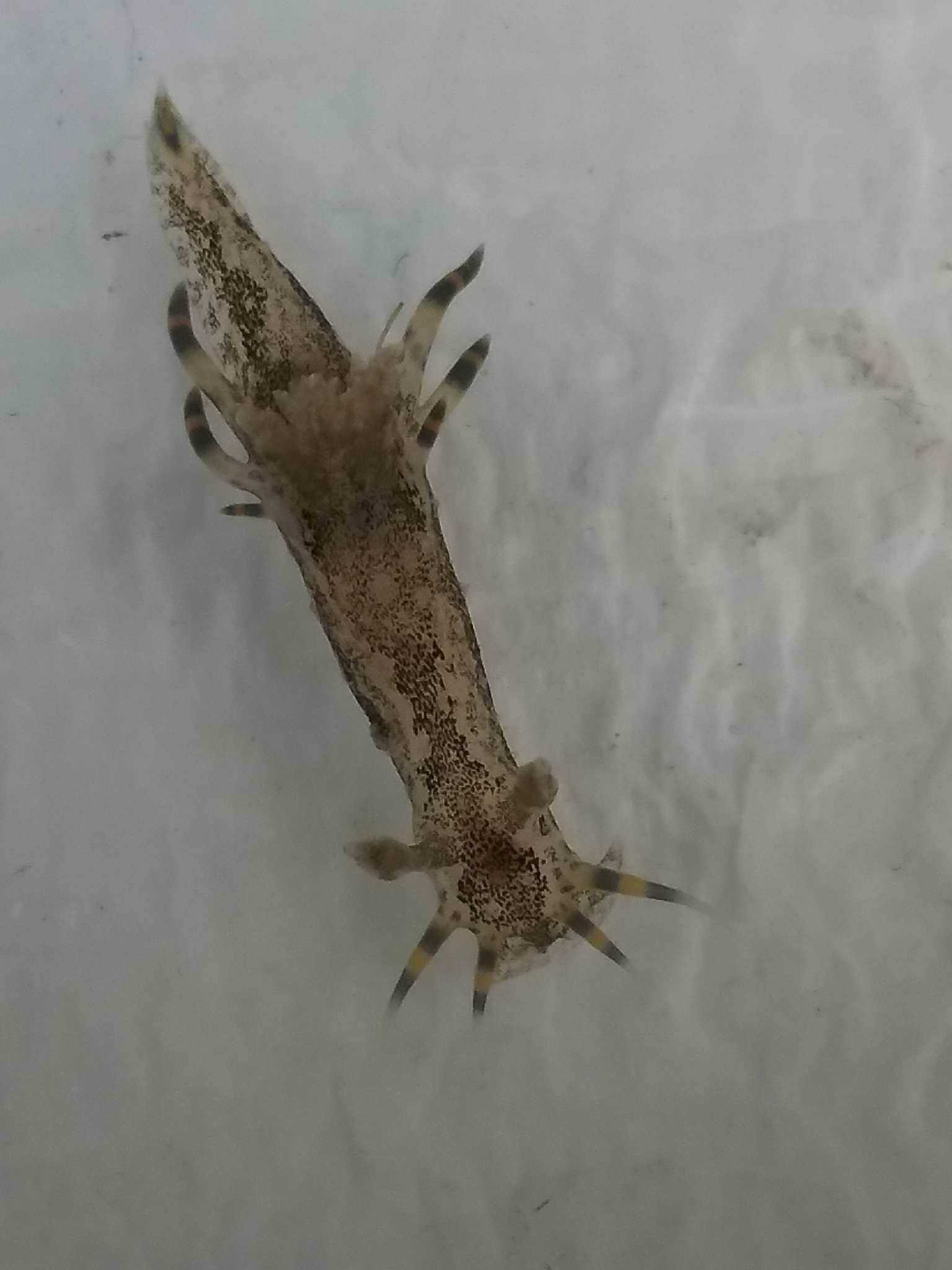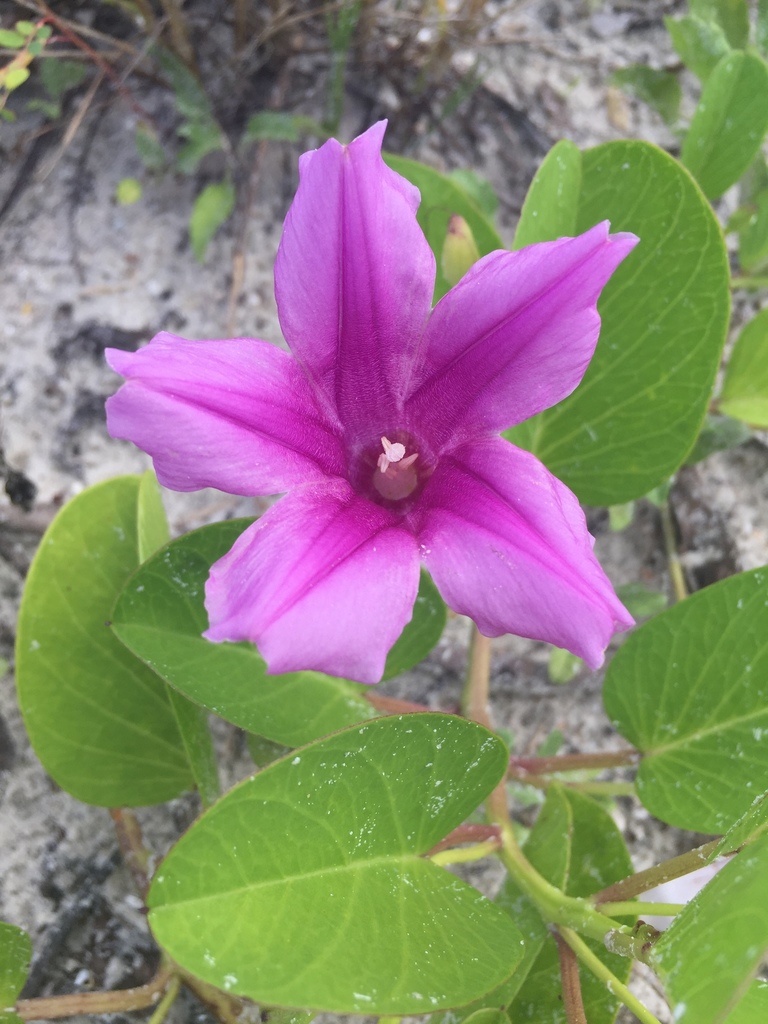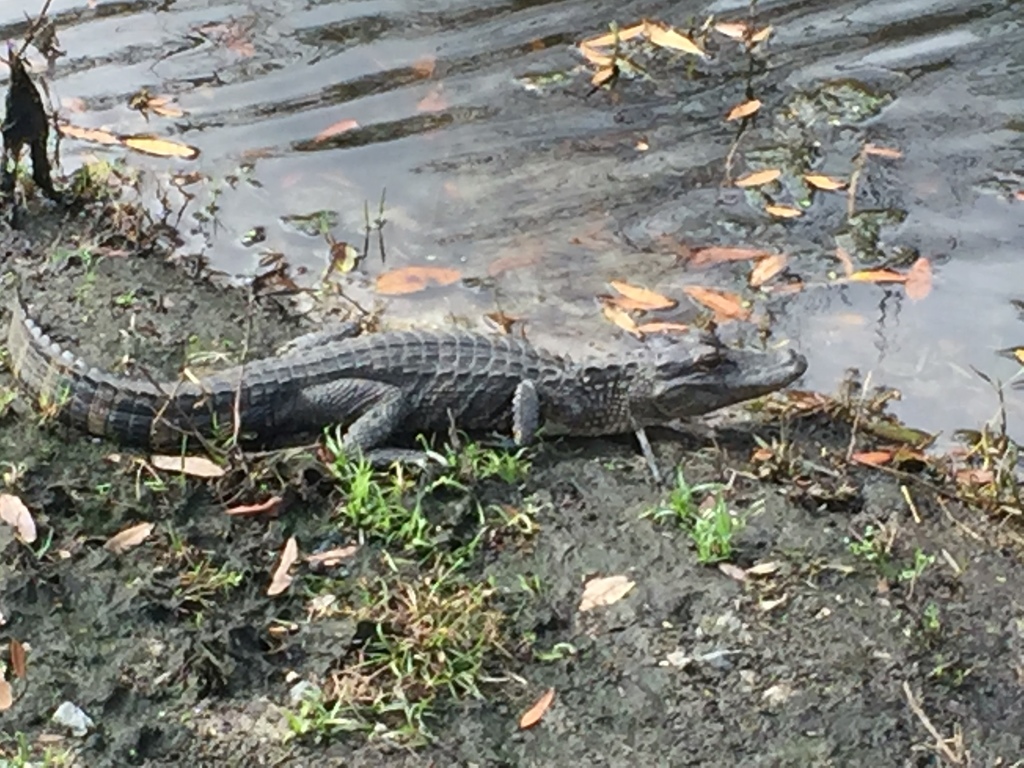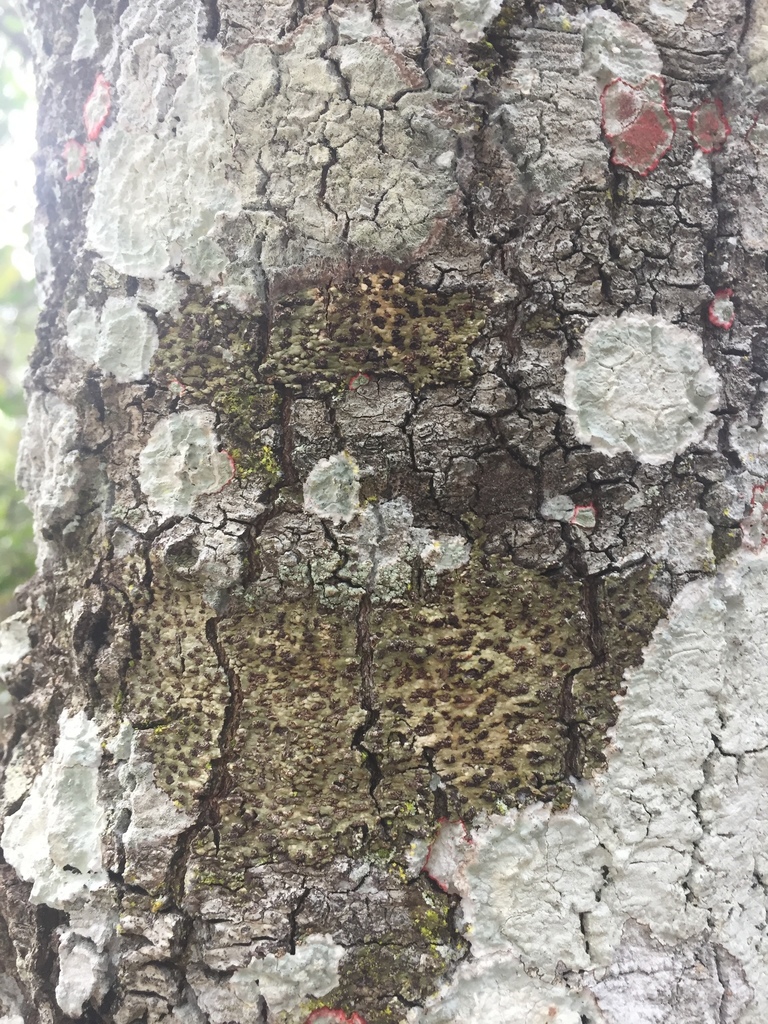Observing For Our Project
High Quality Observations
Examples Of High Quality Observations
What does a high quality observation look like? Here are a few observations that meet all of the requirements we ask for:Example Observation 1) Polycera hummi
Example Observation 2) Ipomoea pes-caprae
Observation Requirements For This Project
This is what we require for observations submitted to this project:1) Appropriate Identification: You need to make an identification that is to (at minimum) the Kingdom level. If you have a general idea of what you're posting, go ahead and include it. That could be as broad as "bird" or "plant." Many people helping identify observations on iNaturalist will filter the observations by the group of species they know how to ID (like birds or plants), so observations with a blank ID or incorrect ID will be excluded from those filtered searches. Putting in a general ID helps funnel your observation to someone who might know what they're looking at so that it can get identified more quickly. Also, please don't add joke or otherwise false identifications on iNaturalist.
2) Accurate Date and Time: Contains an exact date and time when the observation was made. Note that your observations must be made after the start of the semester. Older observations will not be accepted.
3) Multiple, Clear Photos: An observation should have multiple photographs (if possible) of the organism that are high quality, and show key characteristics such as coloration, texture, and (if present) reproductive structures.
4) Accurate Location: Contains a precise location with coordinates that are within Florida and are not private. If you are concerned about revealing the location of a sensitive organism (or where your house is), you can hide the exact location from the public by changing the "geoprivacy" of the observation to "obscured", but please do not make your observation "private".
5) Detailed Description: Each observation must include a description for the observation that includes a visual description of organism, the habitat in which the observation was made, and a reference. The visual description should include shape, size, color(s), behavior, and (if present) reproductive structures. At least one reference (such as a website or field book) is provided that contains a description of the organism.
6) Wild Organism: Observations for this project cannot be cultivated, captive, domesticated, feral, dead, and / or a specimen. iNaturalist is primarily about observing wild organisms.
Low Quality Observations
Multiple Observations For One Organism
One organism = One observation. Avoid adding multiple observations of the same organism. Also avoid adding an observation with photos of many different organisms. Each observation should be about a single species.This is the same alligator, but the photos are spread out over two observations. These observations need to be combined into one.
What Is Being Observed Here???
If your photo is too zoomed out, it may be unclear what you are observing. Here the user is observing a lichen, but which lichen? There are multiple lichens in the photo, but it is unclear which lichen they would like identified. It's helpful if you can crop the photo more closely to the subject. Cropping usually makes it easier to get an identification too.
There are multiple lichens in this photo! iNaturalist could not identify an organism beyond the Kingdom level because it was not clear what organism the observation was about.
Captive, Cultivated, Domesticated, Dead, Feral, and Specimens
For this project you must avoid observing captive, cultivated, domesticated, dead, feral, and specimen organisms.
Cultivated
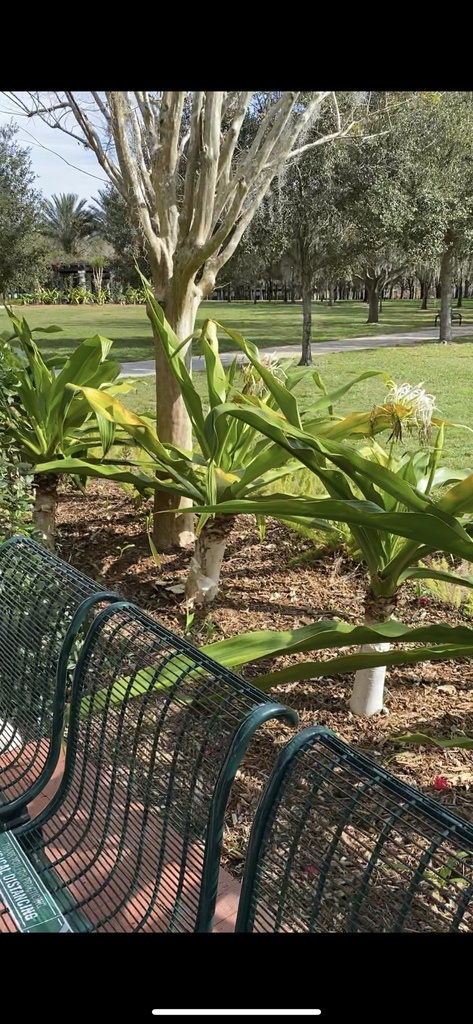
This is cultivated plant. Signs of a cultivated plant include maintenance on and around the plant, such as pruning, sprinkler systems, and mulch. We are not interested in cultivated organisms for this project.
Dead
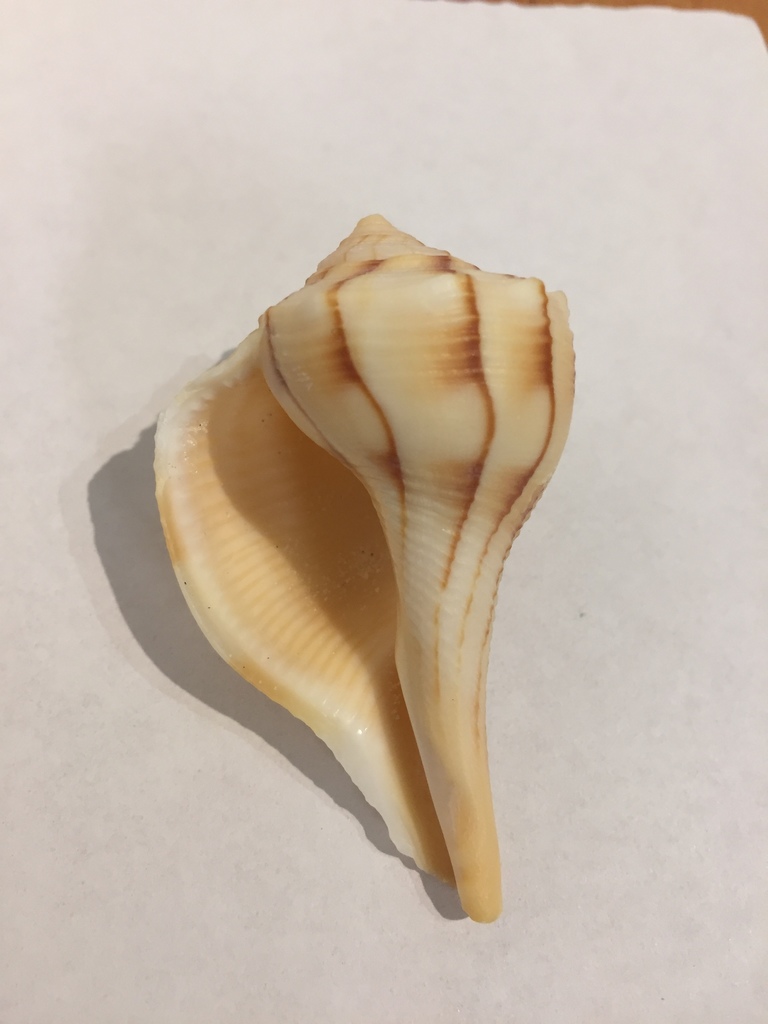
Anyone home? If the answer is no, then this organism cannot be submitted to our project. We are only interested in organisms that are still contributing to the biodiversity of Florida.
Captive, Domesticated, and/or Feral
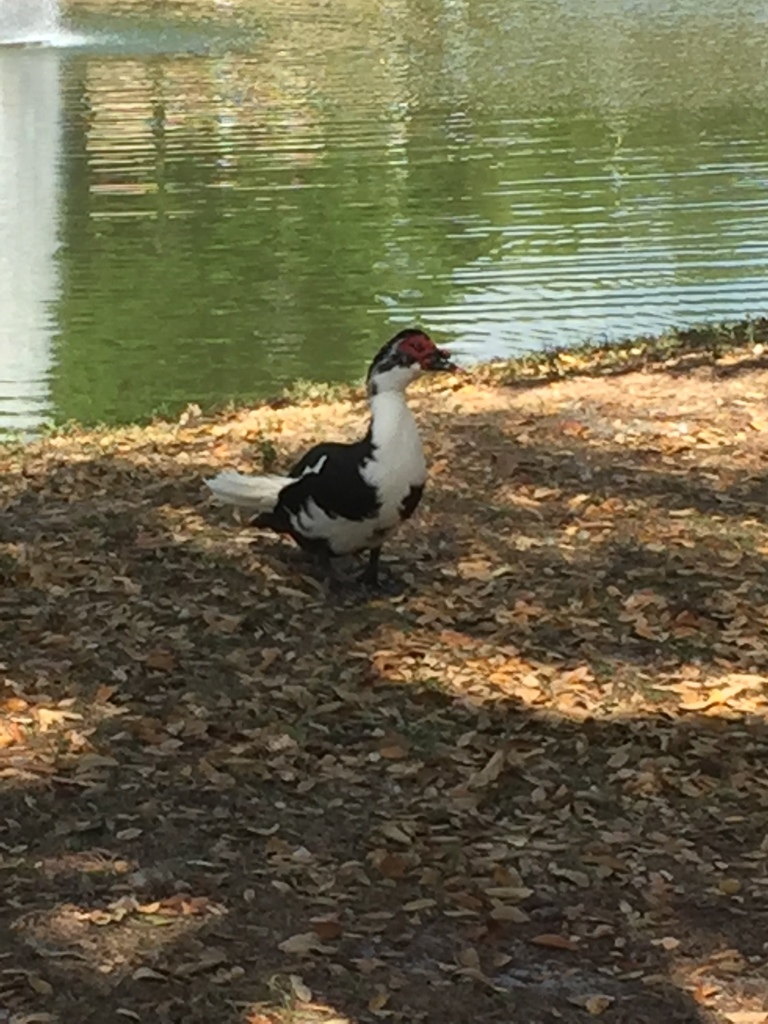
For our project we are not interested in organisms that are not wild, which includes those that are captive, domesticated, and/or feral. This is a Domestic Muscovy Duck (Cairina moschata var. domestica). It is domesticated, so it is not an acceptable observation for our project.
Specimen
